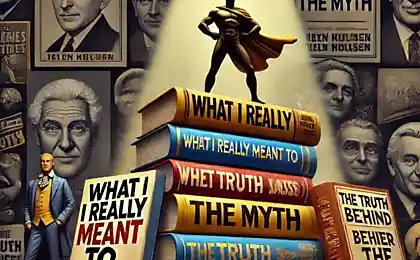802
In fact, magpies do not like shiny objects
The exposure of centuries mifa
They are considered the villains fauna thieves who are obsessed with the theft of any nonsense. But it seems all that time forty tried to discredit completely undeserved. Because in spite of the age-old bad reputation, new research suggests that these birds are not attracted to shiny objects. It was found that unfamiliar objects actually deter forty.

The idea as a magpie bird that steals all sorts of shiny objects to its nest, is common to all European folklore. Rossini even made this idea the subject of his 1817 opera of the year. The opera was called "The Thieving Magpie", and her maid was executed for stealing silver jewelry that were actually stolen a magpie.
But scientists from the University of Exeter have exposed this myth, showing that magpies really are not hardened thieves, as we thought it all the time. The researchers conducted a series of tests on wild Soroca, as well as a group of forty, placed in a rescue center. Under controlled conditions, they are tracked and registered reaction of birds like the brilliant, and the dim items. Dr. Tony Shepard of the University Center study of animal behavior, said:

They are considered the villains fauna thieves who are obsessed with the theft of any nonsense. But it seems all that time forty tried to discredit completely undeserved. Because in spite of the age-old bad reputation, new research suggests that these birds are not attracted to shiny objects. It was found that unfamiliar objects actually deter forty.

The idea as a magpie bird that steals all sorts of shiny objects to its nest, is common to all European folklore. Rossini even made this idea the subject of his 1817 opera of the year. The opera was called "The Thieving Magpie", and her maid was executed for stealing silver jewelry that were actually stolen a magpie.
But scientists from the University of Exeter have exposed this myth, showing that magpies really are not hardened thieves, as we thought it all the time. The researchers conducted a series of tests on wild Soroca, as well as a group of forty, placed in a rescue center. Under controlled conditions, they are tracked and registered reaction of birds like the brilliant, and the dim items. Dr. Tony Shepard of the University Center study of animal behavior, said:
«We have not found evidence that attracted forty shiny objects. Instead, all of the items in birds caused the reaction, indicating neophobia, that is, the fear of innovations ».
blockquote>
via factroom.ru























